Have a quick look at the signs below. Do they “warn” or “forbid”?
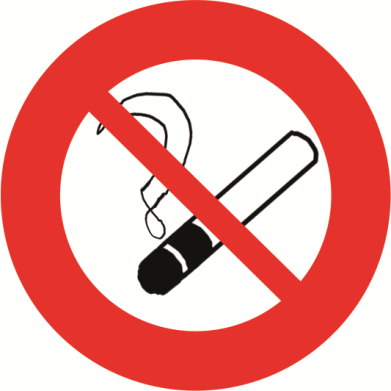 | 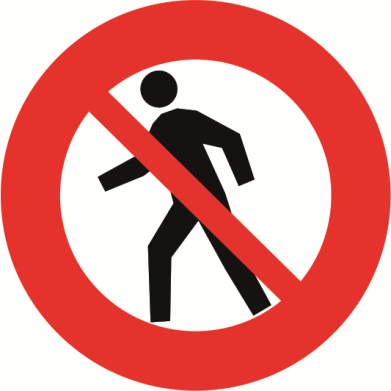 | 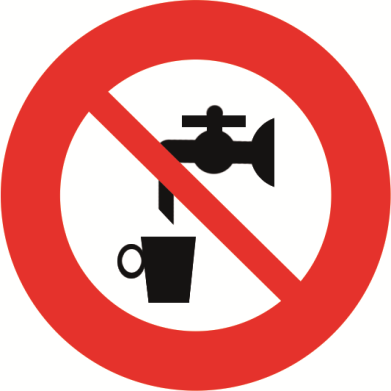 | |
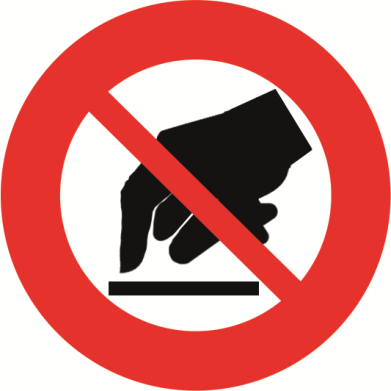 | 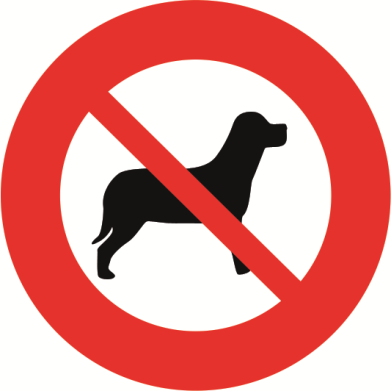 | 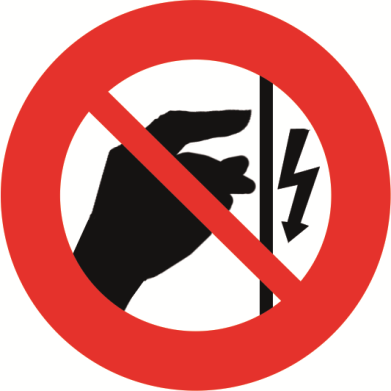 | |
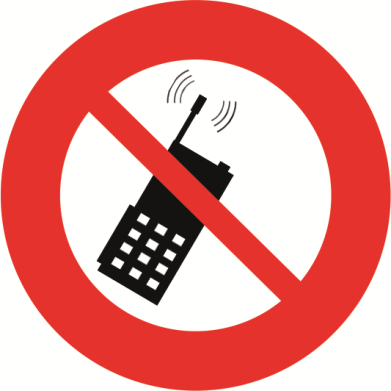 | 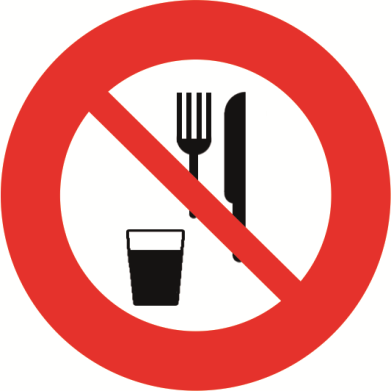 | 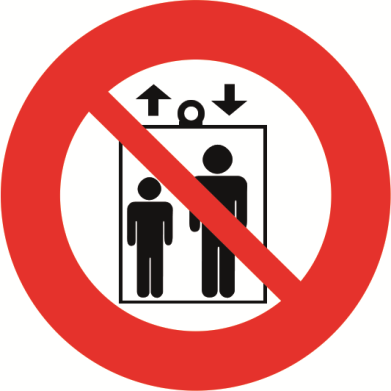 | |
 | 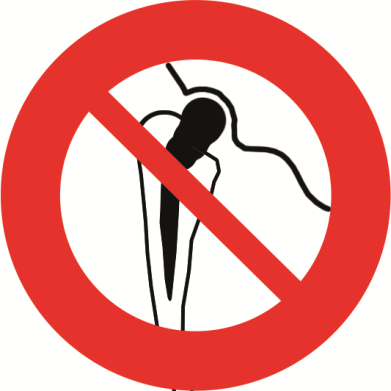 | 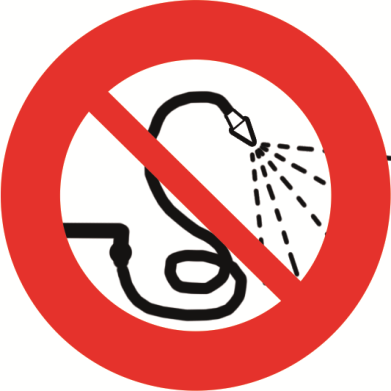 | |
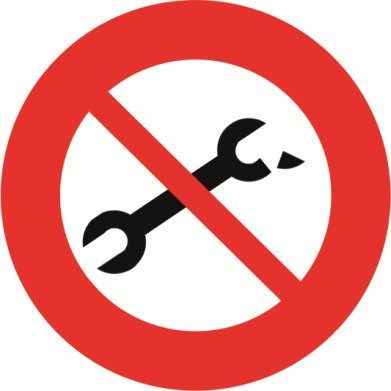 | 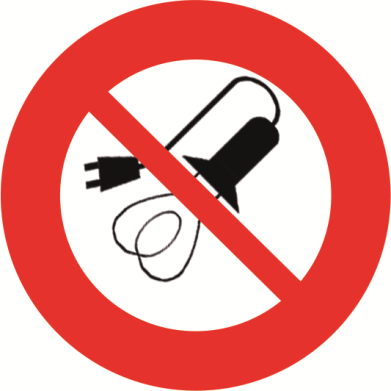 | 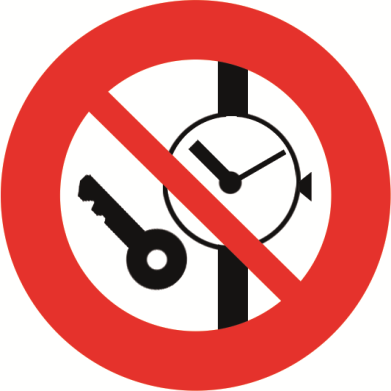 | |
2. Match the following key-word expressions to the signs (1-15) from ex 1:
| pour water smoke use lift eat use broken tools walk use mobiles people with heart problems wear metal things drink water touch take animals people with implants use electrical equipment touch (press) | |||||||
3. What do these signs (1–15) from ex.1 mean? Make up a comment to each sign using the negative form of “the Imperative” as it is shown in the example (1):
| Don’t smoke hear! | |
| Don’t let … | |
| Don’t let … | |
4. Now re-write the same sentences as it is shown below. There are some examples for you:
| No smoking! | |
| No animals! | |
| No people with heart problems! | |
Now have a quick look at the signs below. Do they “warn” or “forbid”?
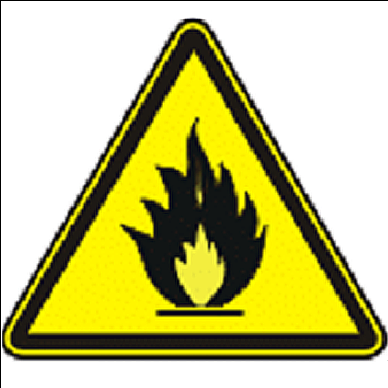 | 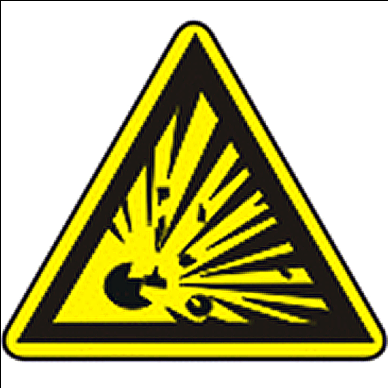 | 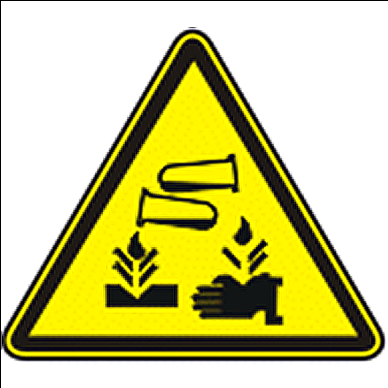 | |
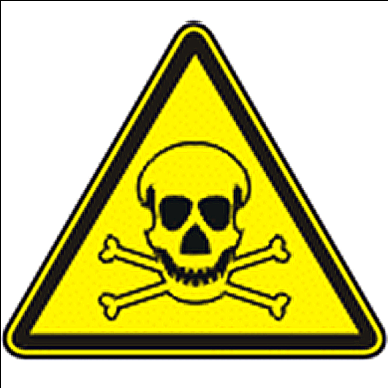 | 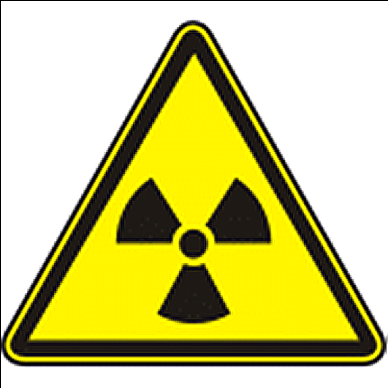 | 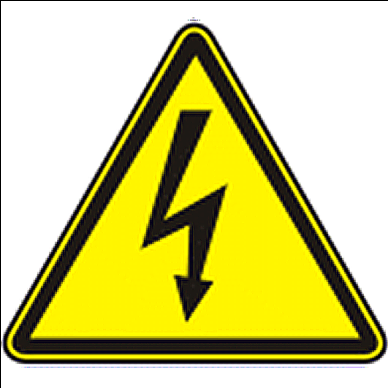 | |
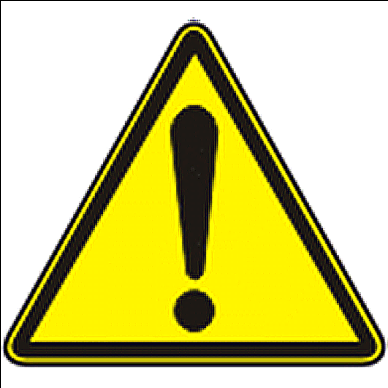 | 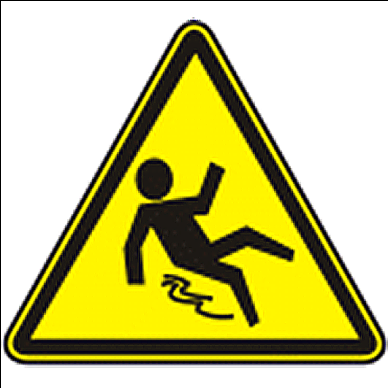 | 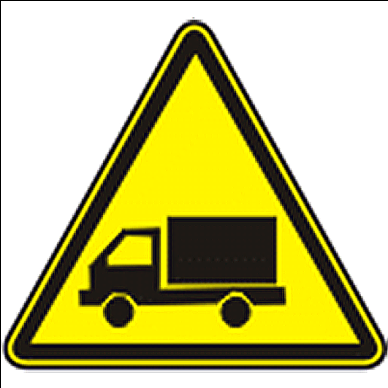 | |
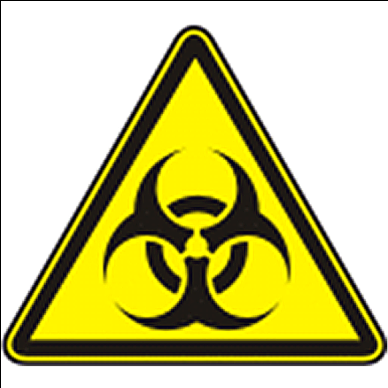 | 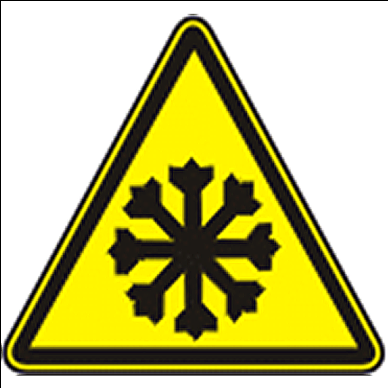 | 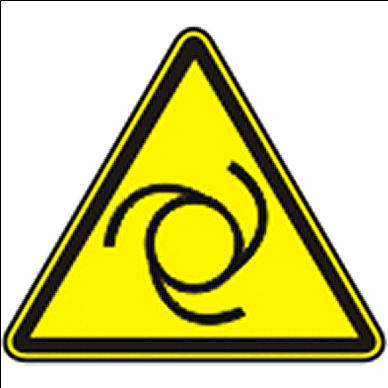 | |
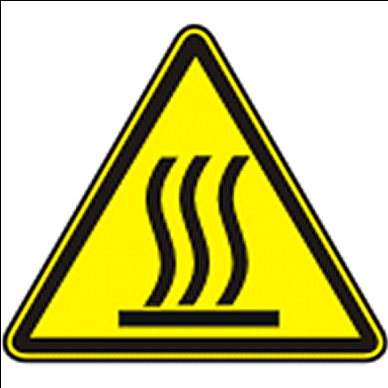 | 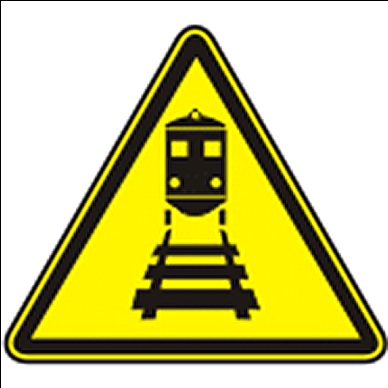 | 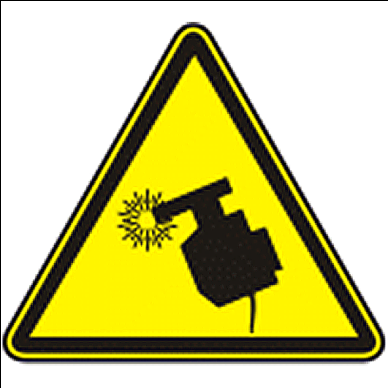 | |
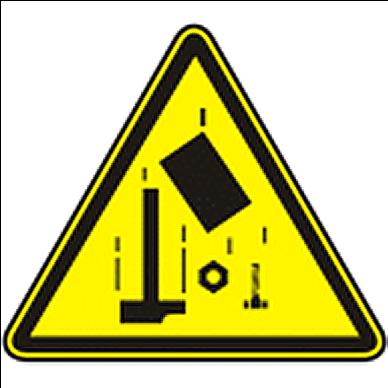 | |||
6. Match the following key-word expressions to the signs (1-16) from ex. 5:
| cold/coldness toxic materials slippery surface flammable materials radioactivity automatic switching on explosive materials danger corrosive materials a train biological danger welding high voltage a car hot surface fallen objects |
7. What do the signs (1-16) from ex. 5 mean? Make up a comment on each sign using the example:
| Beware of flammable materials! | |
| Beware of … | |
| Beware … | |
Check the knowledge of active vocabulary from this module with the help of
“ACTIVE VOCABULARY” section.
Part II
SAFETY ENGINEERING
Read the following text and fill in the gaps with the following words:
| problems science safe expensive design discovers system |
Safety engineering is an applied (1) __________ strongly related to engineering systems and the System Safety Engineering.
Safety-engineers take an early (2) __________ of a system, analyse it to find what faults can occur, and then propose safety requirements in design specifications and changes to existing systems to make the (3) __________ safer. In other words, safety engineers need to prove that an existing, completed design is (4) __________ . Their main function is to prevent any safety (5) __________ beforehand, at the stage of design. If a safety engineer (6) __________ significant safety problems after the design process is completed, it can be very (7) __________ to correct them.
| spacecraft unite software known complex organizations control |
Some large government agencies (8) __________ and form a system. This is (9) __________ as System Safety. The System Safety philosophy, supported by the System Safety Society and many other (10) __________ , is to be applied to complex systems, such as commercial airliners, military aircraft, complex weapon systems, space and (11) _____________ systems, rail and transportation systems, air traffic control system and more (12) __________ and safety-critical industrial systems. Nowadays, (13) __________ safety is a fast growing field since modern systems functionality is under (14) __________ of software.
